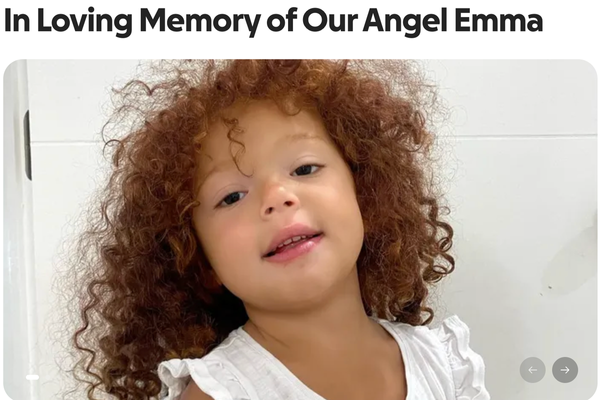Before the pandemic, mental health challenges were the leading cause of disability and poor life outcomes in young people, according to a Surgeon General’s Office report. Rates for anxiety and depression grew 3 percentage points between 2003 and 2012. By 2019, one in five children ages 3-17 had a reported mental, emotional, developmental, or behavioral disorder, according to the Centers for Disease Control and Prevention.
Researchers cited in the Surgeon General’s report point to the growing use of digital media, increasing academic pressure, and limited access to mental health care. Other stressors mentioned as causes for worsening mental health among young people include rising income inequality, racism, gun violence, and climate change.
What are common mental health diagnoses among young people?
The quality of mental health in a child affects how well they handle stress, relate to others, and make healthy choices.
Poor mental health can lead to diagnosable disorders.[1] The most common mental health disorders for children are attention-deficit/hyperactivity disorder (ADHD), anxiety, and behavioral disorders.
According to data collected from the CDC, between 2016-2019 about 8.7% of children ages 3-17 years old were diagnosed with ADHD at the time of the survey. About 7.8% of this age group had a current anxiety diagnosis, followed by 7% with a behavioral problem diagnosis. Depression affected about 3.4% of surveyed children ages 3-17.
What factors contribute to mental health issues for young Americans?
Mental health challenges can impact young people differently depending on their identity. For instance, girls are much more likely to be diagnosed with anxiety, depression, or an eating disorder. Boys are more likely to die by suicide or be diagnosed with a behavioral disorder, such as ADHD, according to the report from the Surgeon Generals Office.
Social and economic inequalities, discrimination, and racism can also poorly impact a child’s mental health.
Children who were discriminated against based on race or ethnicity had higher percentages of one or more mental health conditions (28.9% versus 17.8%), according to the CDC.
Kids growing up in poverty are two to three times more likely to develop mental health conditions than peers with higher socioeconomic status.
Some children were more at risk of developing mental health disorders during the pandemic, according to the report. Pandemic risk factors include having a family member die from COVID-19 or living in an urban area with a severe outbreak of the virus. Children living in financially unstable situations due to the pandemic also faced mental health challenges.
What are some positive impacts on youth mental health?
Access to green space, reliable housing, healthy food, and healthcare all positively impact youth mental health. Relationships with parents, caregivers, teachers, friends and mentors can also shape a child’s mental health — among many other factors.
Some positive behavioral indicators of a child’s mental health include curiosity, affection, positivity, resilience, persistence, and self control. According to the CDC, 91.3% of kids 6 months old to 17 years old usually or always show interest and curiosity in learning new things. And 76.8% of 6- to 17-year-olds usually or always stay calm and in control when faced with a challenge.
What are the impacts of mental health issues?
According to the National Institute of Mental Health, mental disorders can contribute to substance use and substance use disorders. About 4% of kids ages 12 to 17 reported having a substance use disorder in the past year according to CDC data collected in 2018-2019.
Suicide affects young people at higher rates than other age groups. According to a National Vital Statistics System report, suicides went up by 57% for 10 to 24-year-olds between 2007 to 2018. It was the 10th leading cause of death in 2019, the latest year available.
Suicide rates are higher among American Indian/Alaska Native and non-Hispanic White populations. According to the Substance Abuse and Mental Health Services Administration (SAMHSA), suicide was the second leading cause of death among American Indian and Alaska Native youth ages 8-24 in 2019.
LGBTQ youth also have a higher rate of suicidal ideation in comparison to their straight peers.
How did the pandemic impact youth mental health?
A report from the Department of Health and Human services found that the pandemic had a negative impact on youth behavior and mental health. Social isolation, disruption in routines, stress, and concerns about the health and safety of loved ones, had a negative impact on the emotional and behavioral health of young kids, according to the report.
Nearly one in four parents of children ages 5 to 12 reported their kids were experiencing worsened mental or emotional health. One in four youth ages 13 to 19 reported losing sleep because of worry, feeling unhappy or depressed, feeling constantly under strain, or experiencing a loss of confidence in themselves during the pandemic.
The report found that kids from lower income households, single-parent families, and Black households, as well as young children with disabilities, experienced the largest increases in emotional or behavior problems, including depression.
Learn more from USAFacts and get the data directly in your inbox by signing up for our newsletter.
[1] Mental health disorders are, "any serious change in the way children typically learn, behave or handle their emotions, causing distress and problems getting through the day,” according to CDC.







